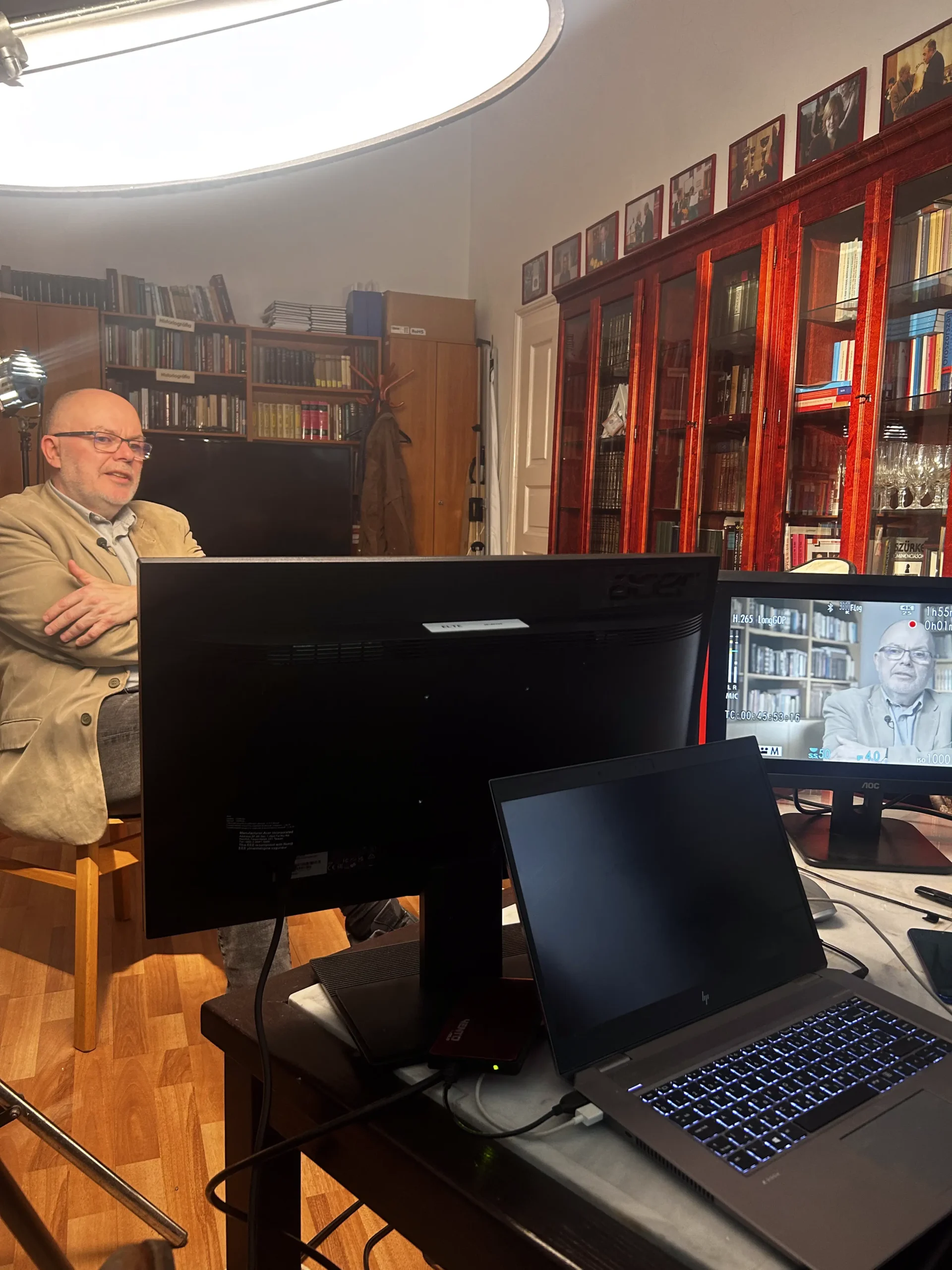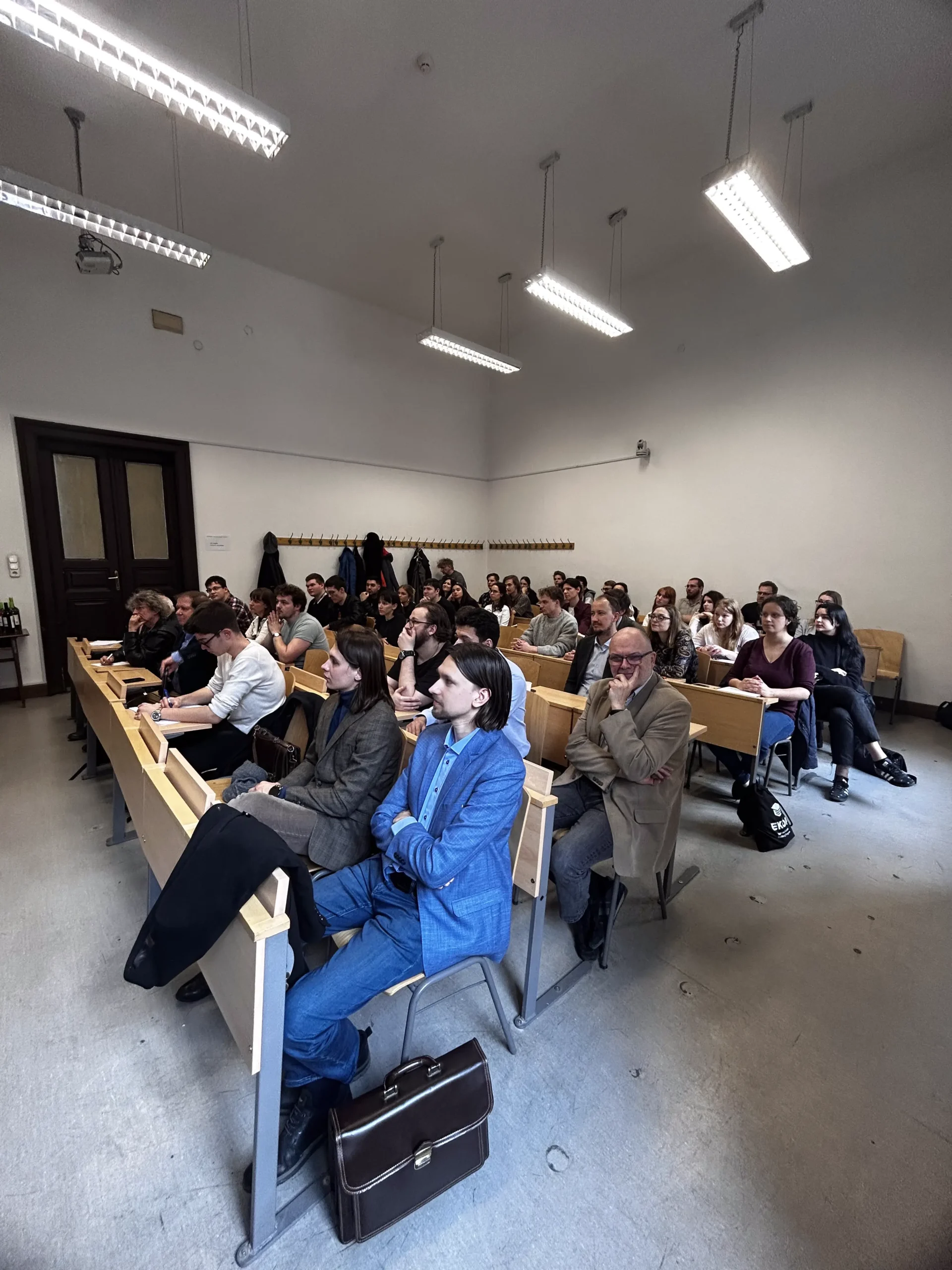Battle of Pressburg – Lébény – Memorial of Battle of Pressburg
Fact of the Hungarian figure „Myth of the Hungarian land-taking – Ópusztaszer”
Part of the „The story of the beginning” topic
The Battle of Pressburg, also known as the Battle of Pozsony, fought in 907 AD, was a decisive conflict between the Hungarians (Magyars) and the East Frankish Empire. This battle, which took place near present-day Bratislava, is commemorated by a monument in the town of Lébény, Hungary. The monument serves as a powerful reminder of the battle’s significance in solidifying Hungarian control over the Carpathian Basin and shaping the nation’s early medieval history.
The Hungarians arose as a political factor at the end of the 9th century. They fought in alliance with the East Frankish king Arnulf against Svatopluk in 892 and against Berengar in 898, but after his death, they plundered his lands. The Bavarians therefore massacred Chief Kurszán and his escort at a feast. The Hungarian invaders were stopped in retaliation by Prince Luitpold, who then had the castle of Ennsburg built to prevent further invasions.
In 907, King Louis of Germany wanted to end the Hungarian threat. Three armies were deployed, two on the Danube’s bank and one on the river. The site of the battle was Brezalauspurc, which is identified as Pressburg (Bratislava) since it was on campaign the direction of the march started from Ennsburg. The Hungarians defeated the southern army by using the traditional horse-archer battle tactic of faking retreat and then surrounding the enemy.
After the victory, they attacked the camp on the other side of the Danube. In the end the Germans fled, leaving their boats behind. Prince Luitpold, Archbishop Theotmar, three bishops, three abbots and nineteen Bavarian nobles died in the battle. The Germans lost Pannonia, the Hungarians secured their survival and would not be attacked again from the west for 123 years. Slovak historiography treats the date as a terminus ante quem of Great Moravia since it is not mentioned during the battle.
The monument in Lébény honors this pivotal moment in Hungarian history. Erected to commemorate the valor and strategic acumen of the Hungarian warriors, it stands as a testament to the enduring spirit and resilience of the Hungarian people. The monument features inscriptions and symbols that evoke the memory of the battle and its significance in the broader context of the Hungarian-Frankish wars.





